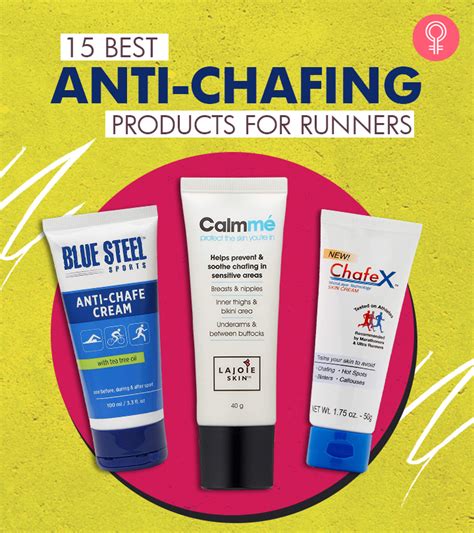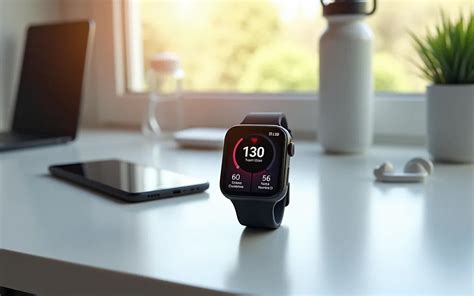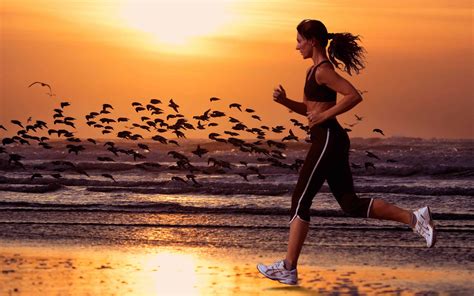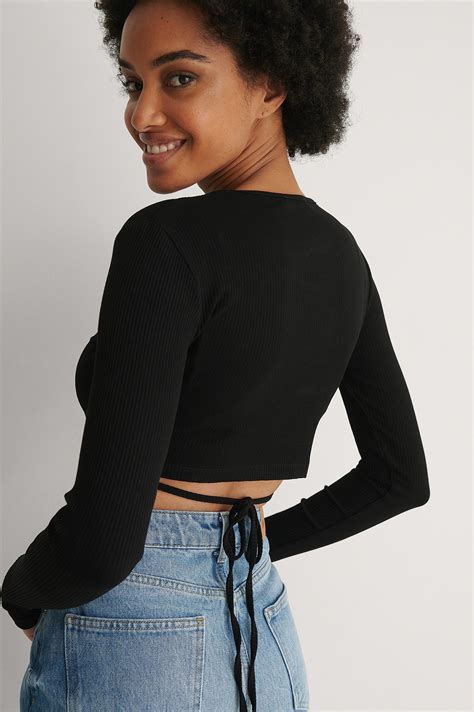Conquer the Rub: Essential Anti-Chafing Gear for Long Runs
There’s nothing quite like the runner’s high during a long run—until the dreaded sting of chafing sets in. For many endurance athletes, chafing can turn an otherwise exhilarating experience into a painful ordeal, leading to raw skin, discomfort, and even infection. Fortunately, a wide array of anti-chafing gear is available to keep you smooth and comfortable from mile one to the finish line. Preventing chafing is crucial not just for comfort, but also for maintaining your training consistency and overall skin health.

The First Line of Defense: Balms, Creams, and Sticks
Topical lubricants are often the first and most effective solution for preventing skin-on-skin or skin-on-fabric friction. These products create a protective barrier that allows surfaces to glide smoothly rather than rub. Application areas typically include inner thighs, underarms, nipples, feet, and anywhere else you experience friction.
- Anti-Chafe Balms/Sticks: Brands like Body Glide, Squirrel’s Nut Butter, and Gold Bond Friction Defense offer solid, mess-free application. They are sweat-resistant and long-lasting, ideal for extended periods of activity.
- Creams/Ointments: Chamois Butt’r (originally for cyclists, but popular with runners), Vaseline, and Bag Balm provide a thick, moisturizing barrier. These can be particularly good for very sensitive areas or for healing existing irritation while preventing further damage.
- Powders: While not as long-lasting as balms, talc-free powders can absorb moisture and reduce friction in areas prone to sweat accumulation.

Strategic Apparel Choices: Fabric, Fit, and Seams
Your choice of clothing plays a massive role in preventing chafing. Look for gear specifically designed for running, focusing on moisture-wicking properties, seamless construction, and a proper fit.
Running Shorts and Tights
For many runners, the inner thighs are a prime chafing zone. Opt for shorts or tights with:
- Compression or Longer Inseams: Compression shorts or bike shorts worn under looser shorts, or standalone running tights, provide a barrier between the thighs. Longer inseams prevent the fabric from riding up and bunching.
- Seamless Construction: Flatlock seams or completely seamless designs minimize irritation points.
- Moisture-Wicking Fabric: Materials like polyester, nylon, and blends draw sweat away from the skin, keeping you dry and reducing friction. Avoid cotton, which absorbs moisture and stays wet.

Sports Bras and Tops
Women often experience chafing under the bra band, shoulder straps, or at the armpits. Men can suffer from nipple chafing.
- Sports Bras: Invest in a well-fitting, supportive sports bra made from moisture-wicking fabric. Look for wide, comfortable straps and smooth, flat seams. Consider racerback styles for minimizing shoulder strap movement.
- Running Shirts: Choose technical fabrics that wick sweat away. Seamless designs and anti-chafing treated fabrics are excellent. For nipple protection, men can use specialized nipple guards or apply balm directly.
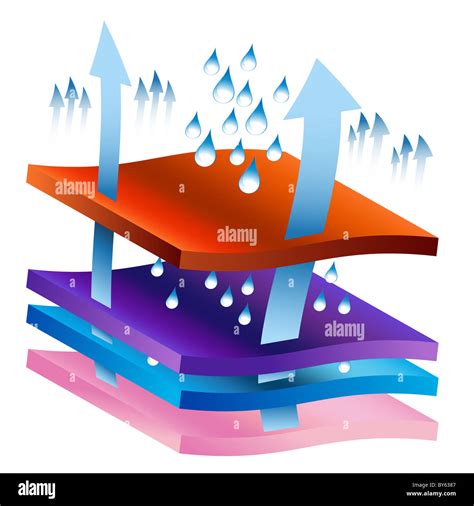
Socks
While not traditionally thought of as chafing gear, good socks are essential for preventing blisters, which are a form of localized chafing.
- Synthetic Blends: Look for socks made from synthetic materials (polyester, nylon, Coolmax) or merino wool. These wick moisture better than cotton, keeping your feet dry.
- No-Show or Crew Length: Ensure socks cover any potential friction points with your shoes.
- Seamless Toe: A seamless toe box prevents rubbing against your toes.
- Double-Layered Socks: Some brands offer socks with two layers that move independently, reducing friction on the skin.
Additional Tips for a Chafing-Free Run
- Hydration: Dehydrated skin can be more prone to friction. Stay well-hydrated before and during your runs.
- Proper Fit: Ensure all your gear, especially shoes and bras, fit correctly. Too tight or too loose can cause problems.
- Test New Gear: Never wear new, untested gear or products on race day. Always test them out on shorter runs first.
- Shower Immediately: Rinse off sweat and salt as soon as possible after your run to prevent irritation.

Conclusion
Chafing doesn’t have to be an inevitable part of long-distance running. By strategically employing anti-chafing balms and creams, and making smart choices in your running apparel, you can significantly reduce or eliminate discomfort. Experiment with different products and gear combinations to find what works best for your body and your specific running conditions. A chafing-free run is a comfortable, enjoyable, and ultimately more successful run.
